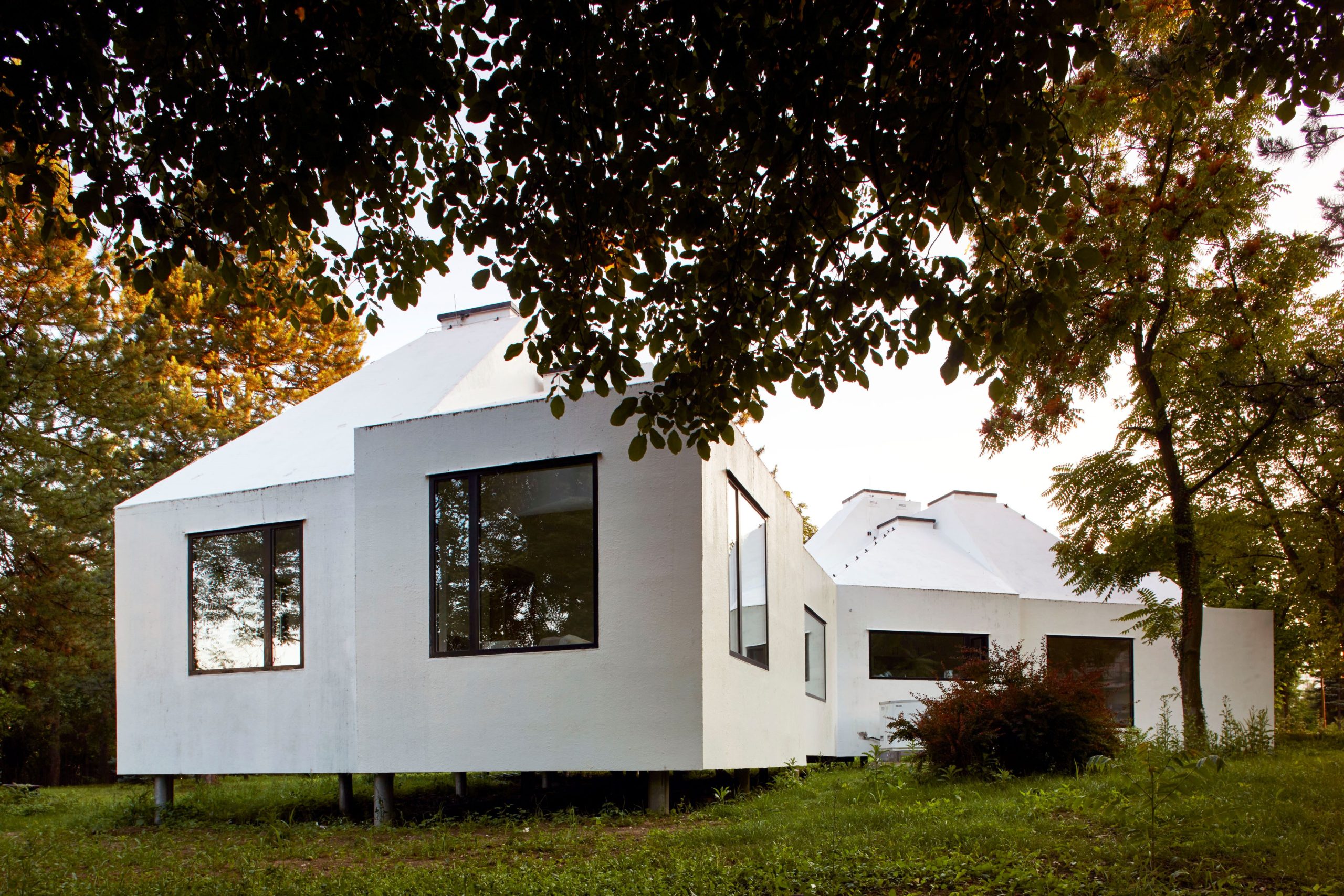Roditeljska Kuća (Parents’ House) Tuzla is a purpose-built sanctuary for children with cancer and their families during treatment at the University Clinical Center Tuzla. Elevated gracefully on steel columns above the natural terrain, the design preserves existing vegetation and draws inspiration from the traditional Bosnian sojenica (stilt house). The project consists of five residential units, a shared kitchen and dining area, a playroom, and support spaces, all designed to prioritize daylight

